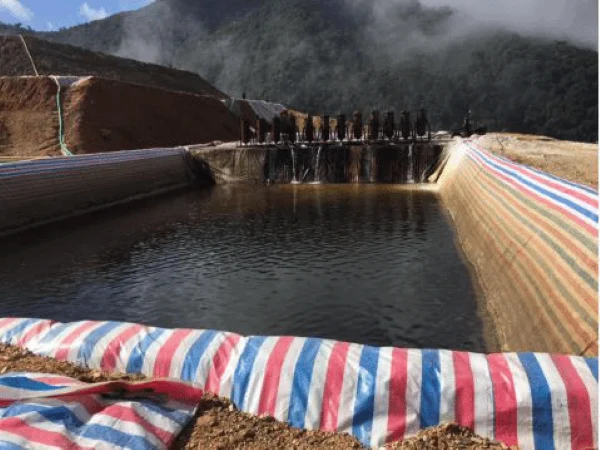
The gold pool leaching method is renowned for its simplicity in operation, low equipment investment, and cost - effectiveness, enabling rapid production startup. However, this method requires a vast amount of space as multiple pools are needed to complete the leaching operation. Moreover, it is not suitable for all types of gold ores. This article will introduce the applicable scope, process flow of the gold pool leaching method, along with a practical application case.
Applicable Scope of the Gold Pool Leaching Method
Gold ores suitable for the pool leaching method should meet three criteria simultaneously. First, the gold particles should have a fine dissemination size. Second, the ore should be of low - grade or ultra - low - grade. Third, the ore itself should have poor permeability. For instance, iron oxide cap - type ores containing fine - grained gold and oxidized quartz vein ores with fine - grained gold are highly suitable for the pool leaching method.
The beneficiation recovery rate of the pool leaching method can reach 70 - 90%. Compared with the CIL and CIP gold extraction methods, the pool leaching method features lower costs, making it an effective solution for improving the economic viability of low - grade gold ores. Additionally, its simple operation leads to reduced labor costs. Nevertheless, the pool leaching method incurs relatively high upfront construction costs and requires a long leaching time. This is because it is necessary to construct leaching pools and barren liquid pools, ensuring they are leak - proof and essentially dry. Subsequently, the ore is placed in the leaching pool, and the leaching solution is prepared in the barren liquid pool before being pumped into the leaching pool for leaching. After a certain period, the pregnant solution is discharged for displacement.
Process Flow of the Gold Pool Leaching Method
Gold pool leaching typically takes place in percolation leaching tanks. These tanks can be made of wood, iron troughs, or cement. The tank bottom is either flat or slightly inclined, and they can be circular, rectangular, or square in shape. Inside the tank, a false bottom made of perforated acid - resistant plates is installed. A filter cloth is laid on the false bottom, and a grid made of wooden or corrosion - resistant metal strips is placed on top of the filter cloth. During leaching, the ore is loaded into the tank, and the leaching agent is added from above. The leaching solution flows out from the bottom of the false bottom. The false bottom serves to filter and support the ore.
The pool leaching process flow is as follows: The gold - bearing ore crushed to a specific particle size is loaded into the leaching tank. An alkaline cyanide solution is added for soaking, during which gold is dissolved into the solution. After soaking for a certain period, once the concentration and grade of the liquid meet the requirements as detected, the gold - bearing solution (pregnant solution) is discharged from the bottom of the tank. Gold is recovered through displacement with zinc flakes (powder) (activated carbon adsorption can also be used). The leaching residue is subjected to decontamination treatment before being discarded. To remove cyanide from the leaching residue, substances such as sodium bisulfite and copper sulfate can be added.
It should be noted that the time required for percolation tank leaching depends not only on the dissolution rate of the solvent on the minerals but also on the penetration rate of the solvent through the material layer. The penetration rate mainly depends on factors such as the height of the loaded material, the porosity of the material, the degree of silt content, the viscosity of the leaching agent, and the inherent properties of the material itself.
- Random Content
- Hot content
- Hot review content
- Toxicity Assessment of Sodium Cyanide and Relevant Hazard Prevention Measures
- Lead Chloride/ Lead (II) Chloride 98%
- QUALITY MANAGEMENT SYSTEMCERTIFICATE
- Sodium Sulfide Industry Grade 60% 30ppm/150ppm Yellow/ Red Flakes Na2s
- Toluene
- Citric acid-Food Grade
- Fertilizer magnesium sulfate/magnesium sulfate monohydrate
- 1Discounted Sodium Cyanide (CAS: 143-33-9) for Mining - High Quality & Competitive Pricing
- 2Sodium Cyanide 98% CAS 143-33-9 gold dressing agent Essential for Mining and Chemical Industries
- 3Sodium Cyanide 98%+ CAS 143-33-9
- 4Anhydrous Oxalic acid 99.6% Industrial Grade
- 5Oxalic acid for mining 99.6%
- 6Soda Ash Dense / Light 99.2% Sodium Carbonate Washing Soda
- 7Reagent Grade/Industrial Grade Hydrochloric Acid min.31%
- 1Sodium Cyanide 98% CAS 143-33-9 gold dressing agent Essential for Mining and Chemical Industries
- 2High Quality 99% Purity of Cyanuric chloride ISO 9001:2005 REACH Verified Producer
- 3 High-Quality Sodium Cyanide for Leaching
- 4Powdery emulsion explosive
- 5Industry Grade Electron grade 98% Sulfuric Acid H2SO4 Sulphuric Acid Battery Acid Industrial Sulfuric Acid
- 6Colloidal emulsion explosive
- 7sodium hydrosulfide 70% flakes used Mining Industry


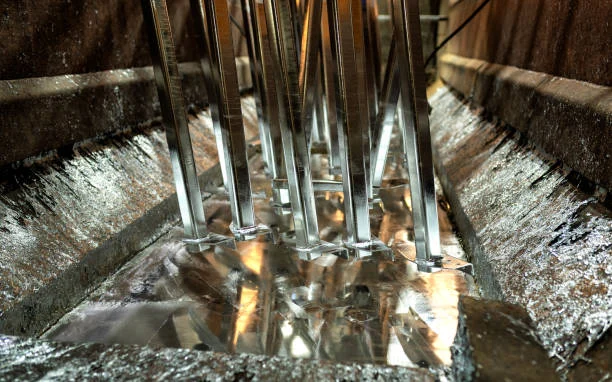
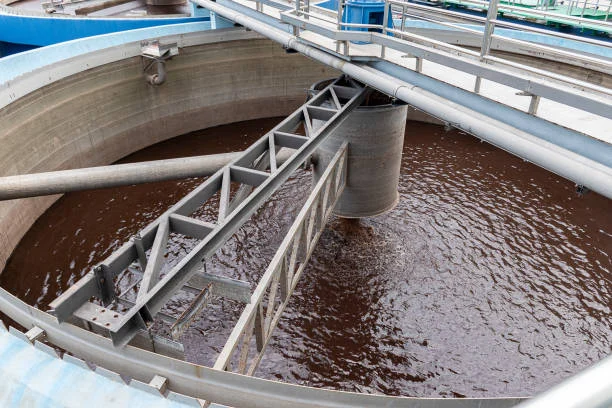
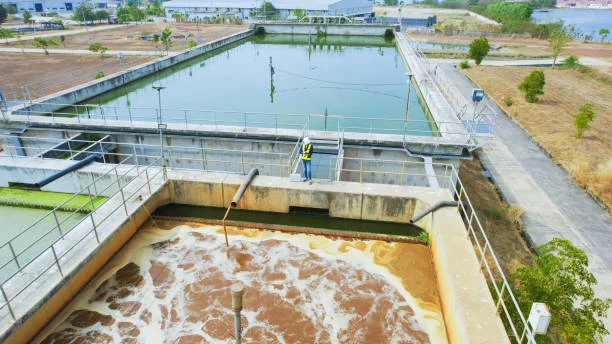
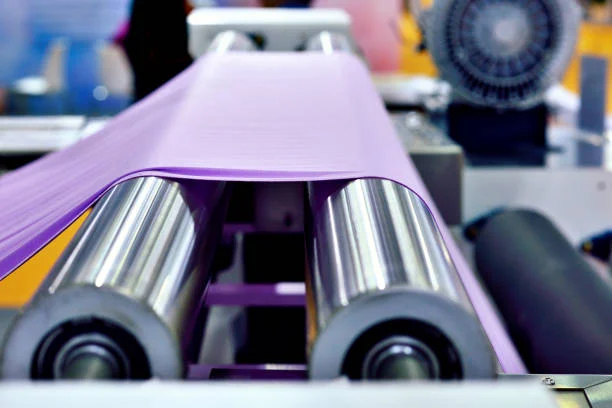
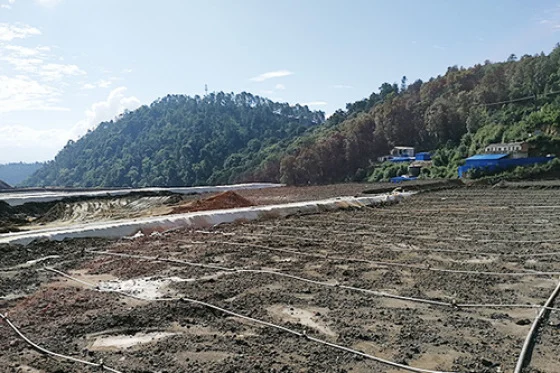
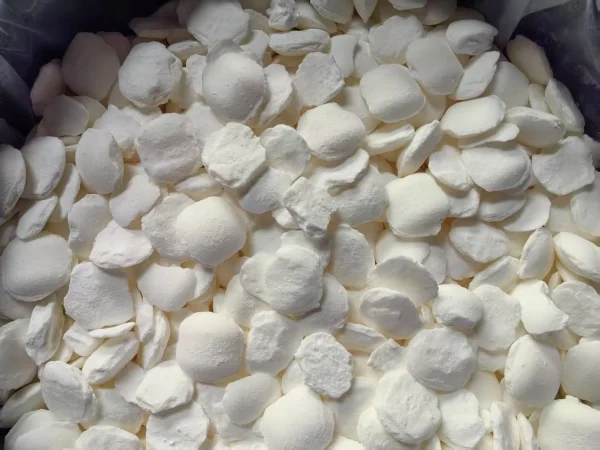
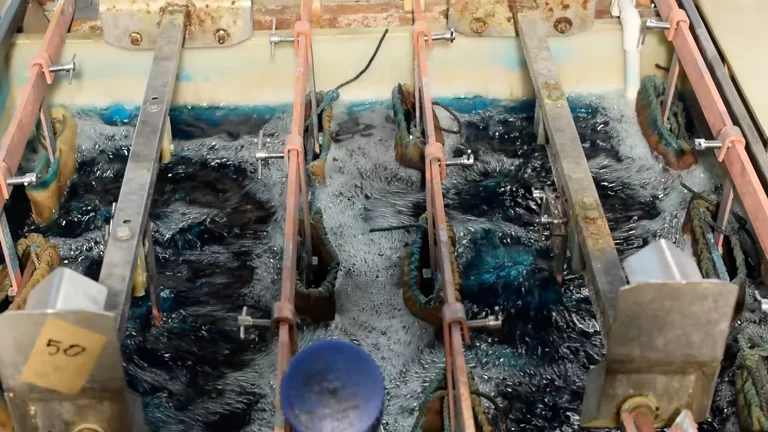



Online message consultation
Add comment: